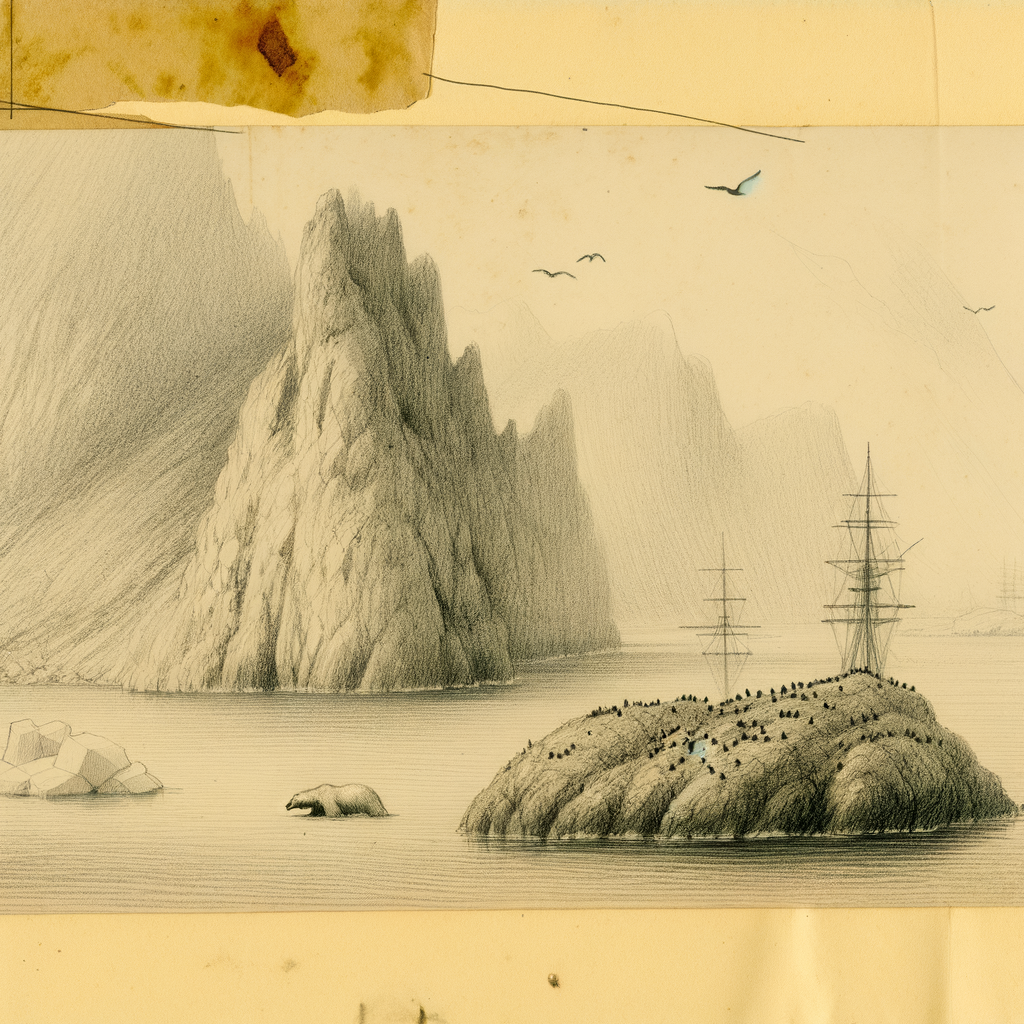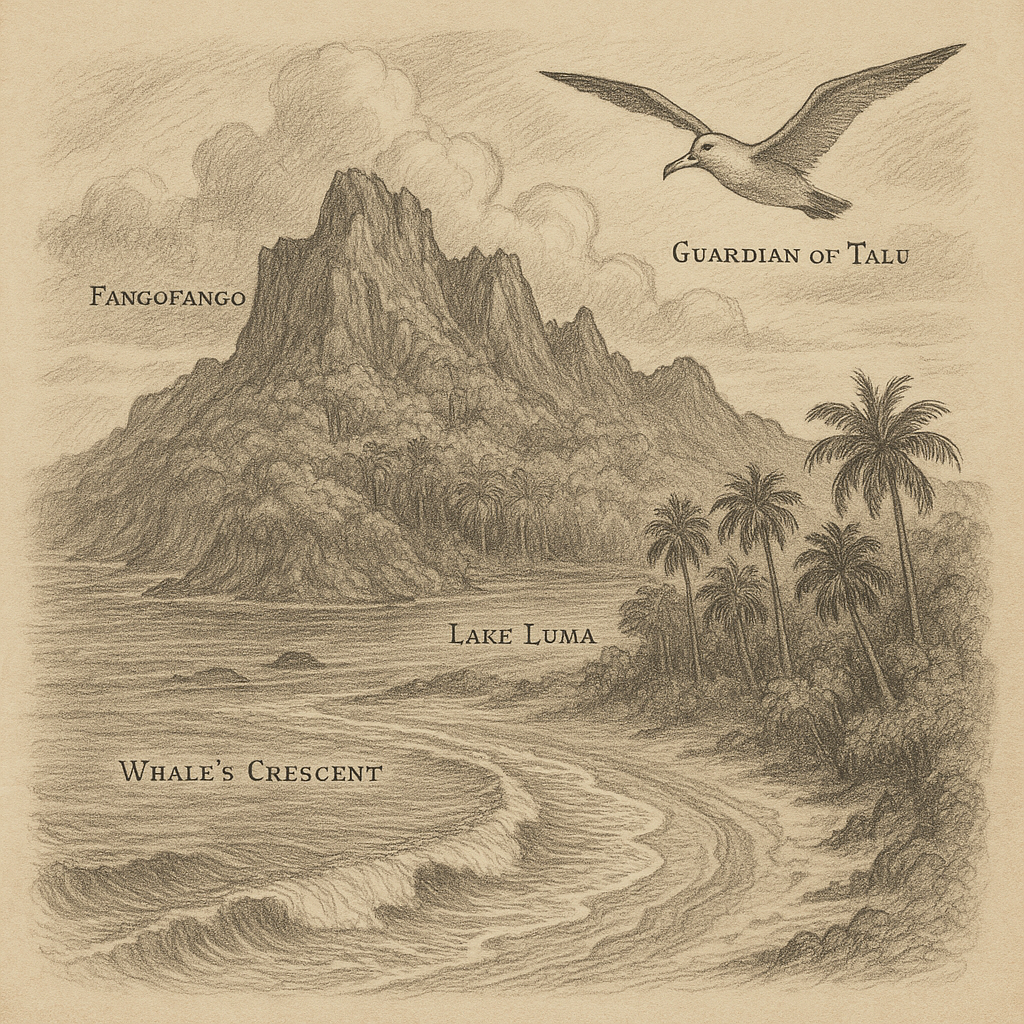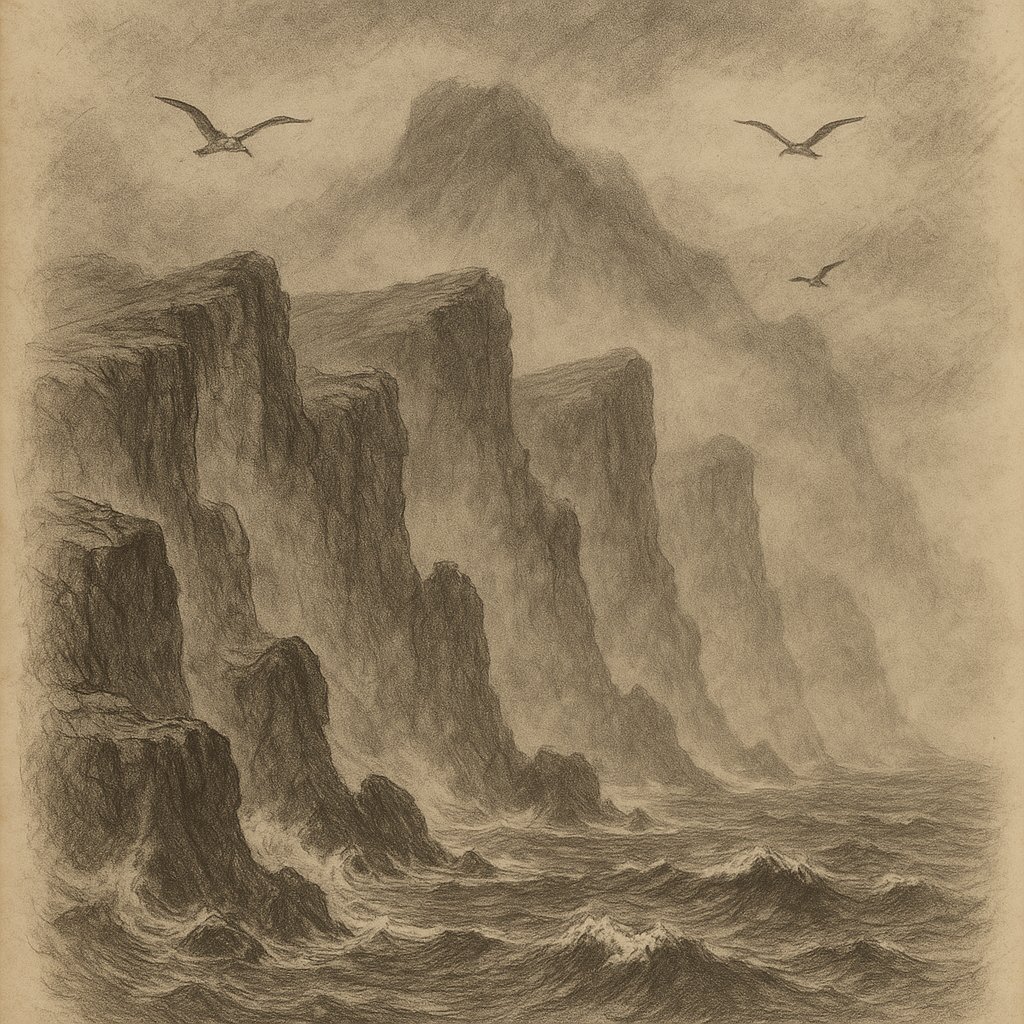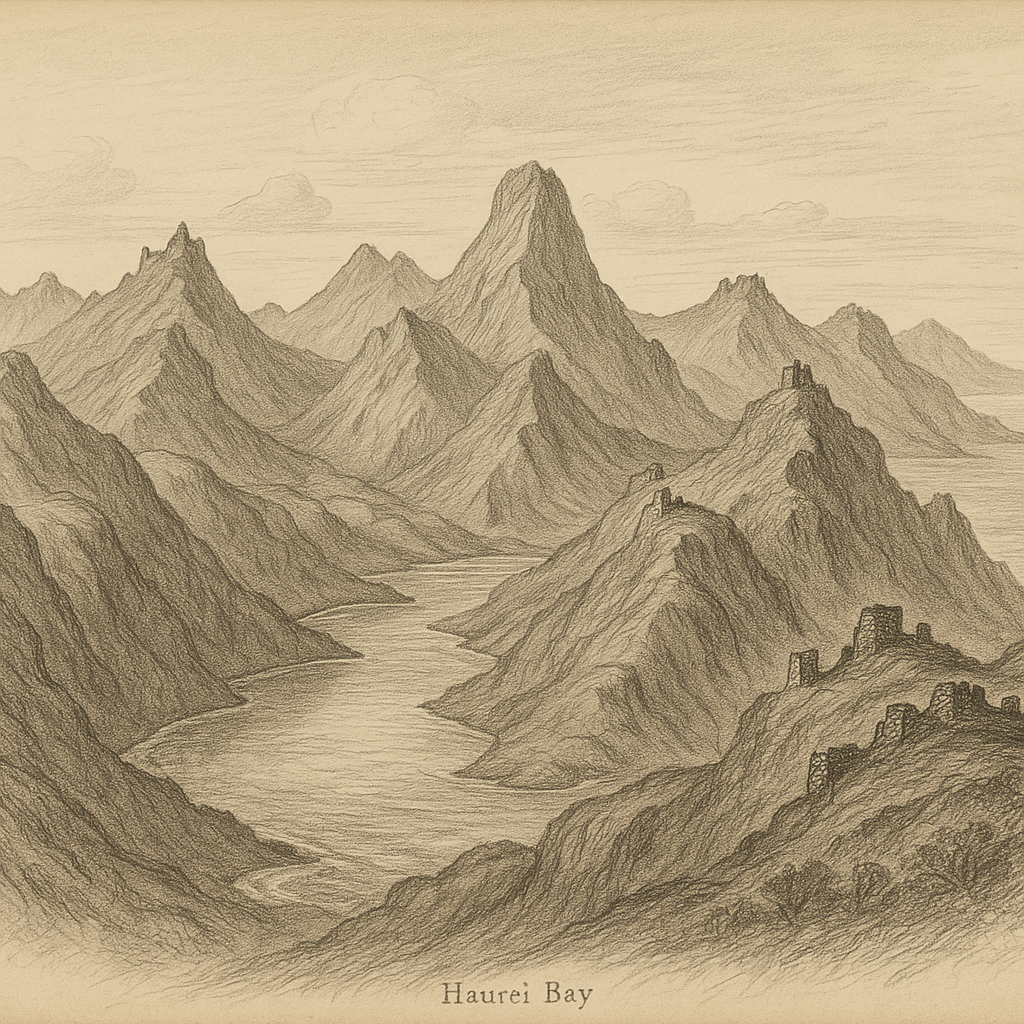Introduction to Bear Island
Bear Island, known as Bjørnøya in Norwegian, is a remote and rugged island situated halfway between Norway’s North Cape and the Arctic archipelago of Svalbard in the Barents Sea. Despite its stark isolation and forbidding climate, this Arctic outpost has long attracted the curiosity of explorers, scientists, and adventurers. Located at approximately 74°31′N 19°01′E, Bear Island is the southernmost island of the Svalbard archipelago and is part of the Kingdom of Norway.
Geographical and Geological Features
Bear Island spans roughly 178 km² and extends about 20 kilometers from north to south. While not mountainous, it features dramatic sea cliffs, rugged coastlines, and plateaus that rise as high as 536 meters at the island’s highest point, Miseryfjellet (literally “Misery Mountain”). The landscape is largely composed of sedimentary rocks, shale, and sandstone laid down during the Carboniferous and Permian periods.
The island sits along the western edge of the Barents Sea continental shelf and is influenced by complex ocean currents, which mix warm Atlantic water with cold Arctic water. This geological setting not only creates a unique marine environment but also places Bear Island near several oil and gas exploration interests, although environmental protections significantly limit such activity.
Climate and Ecosystem
Despite its high latitude, Bear Island’s climate is classified as maritime polar due to the influence of the North Atlantic Drift. This brings relatively mild air temperatures compared to other areas at similar latitudes. Still, conditions remain harsh, with frequent fog, storms, and cold temperatures year-round. Average summer temperatures barely rise above 5°C, while winter months plunge well below freezing.
The island’s ecosystem is shaped by its isolation and severe climate. Vegetation is sparse and tundra-like, dominated by mosses, lichens, and hardy grasses. There are no native trees. Nevertheless, Bear Island supports a surprisingly rich array of fauna, particularly seabirds, and is designated as an Important Bird Area (IBA). Species such as the little auk, puffin, and fulmar breed in large numbers on its cliffs. The surrounding waters are equally vibrant, hosting seals, walruses, and occasionally polar bears that drift down on sea ice from the north.
Human Presence and Research
Bear Island is currently uninhabited except for a rotating crew of researchers and meteorological staff stationed at the Herwighamna weather station, located in the northern part of the island. This station, operated by the Norwegian Meteorological Institute, has provided continuous weather data since 1932 and represents one of the northernmost outposts of consistent meteorological observation in the world.
Historically, the island has seen sporadic use for various purposes. It was discovered by Dutch explorer Willem Barentsz in 1596 during his quest for a Northeast Passage. Throughout the centuries, it has hosted whalers, trappers, and, during World War II, briefly served as a German and later Allied outpost.
Today, access to the island is strictly controlled due to its protected status as a nature reserve, designated in 2002. Any proposed visit must be approved by the Governor of Svalbard, and activities are heavily regulated to preserve the island’s delicate environment.
Interesting Facts about Bear Island
– Bear Island’s name originates from Barentsz’s initial encounter with a polar bear swimming near the island, thus assigning its stark and evocative name.
– The island is shrouded in fog for an estimated 300 days each year, making navigation and visibility extremely challenging.
– Despite its remote location, Bear Island emits a stunning variety of geological features, including caves, cliffs, and sea stacks.
– Miseryfjellet, while modest in elevation, is known for its often completely cloud-covered summit, contributing to the island’s bleak allure.
– A unique feature of Bear Island is the occurrence of permafrost despite being surrounded by water — a condition that affects soil structure and hydrology.
– In 1971, a temporary airstrip was constructed on the island’s northern end for supply drops, but it has since fallen into disuse due to environmental concerns.
Legends and Mysteries of Bear Island
Like many isolated Arctic locales, Bear Island is rife with tales and legends, often rooted in the harrowing experiences of early visitors. One tale speaks of a ghost ship that circles the rugged coastlines during heavy fog only to vanish when approached. This myth likely stems from mirage-like reflections caused by specific atmospheric conditions known as Fata Morgana.
Another legend involves the undulating mists of Herwighamna, said to carry the voices of those who once perished on the island — whalers and trappers who fell victim to the unforgiving elements. Some claim to have heard faint cries or distant horns sounding through the curtain of fog, particularly around midnight during the polar night.
Perhaps the most enduring mystery relates to a hidden cavern called Bjørnkammeret (“Bear’s Chamber”) which, according to local lore, was a sanctuary for mythical creatures — half-bear, half-man figures that were once guardians of the land. While no physical evidence supports these tales, such stories persist among the few who venture this far north.
Preservation and Access
Due to the island’s fragile ecosystem and its critical role as a nesting site for seabirds, Bear Island was declared a nature reserve under Norwegian law in 2002. The reserve status prohibits most forms of human activity, including commercial fishing within a 12-nautical-mile radius and any form of building or development.
Scientific research is permitted but strictly regulated. The logistics of reaching Bear Island are formidable — it lacks a natural harbor and is subject to treacherous sea conditions. Supply ships and research vessels can only dock in calm weather, and helicopter landings are rare due to environmental restrictions.
Weekend tourism is virtually nonexistent. Any visitor must undergo screening and justification for their presence, typically as part of a scientific, environmental, or governmental mission. This restricted access has helped preserve Bear Island’s unusual and pristine environment.
Conclusion
Bear Island stands as a testament to the raw beauty and mystery of the Arctic. Shaped by relentless winds, cloaked in fog, and home to resilient wildlife, the island remains one of the last untouched frontiers of the north. While human presence is minimal and tightly controlled, the island continues to play a vital role in climate monitoring and Arctic ecology. Bear Island may be solitary and seldom seen, but its silence speaks volumes about nature’s enduring power.



